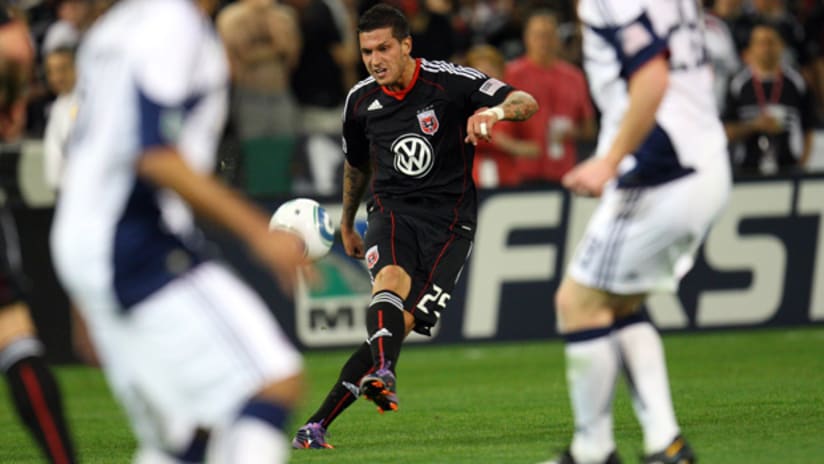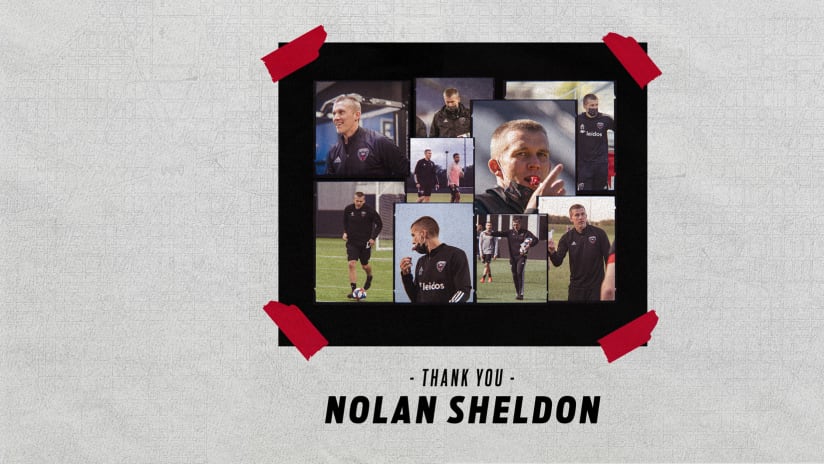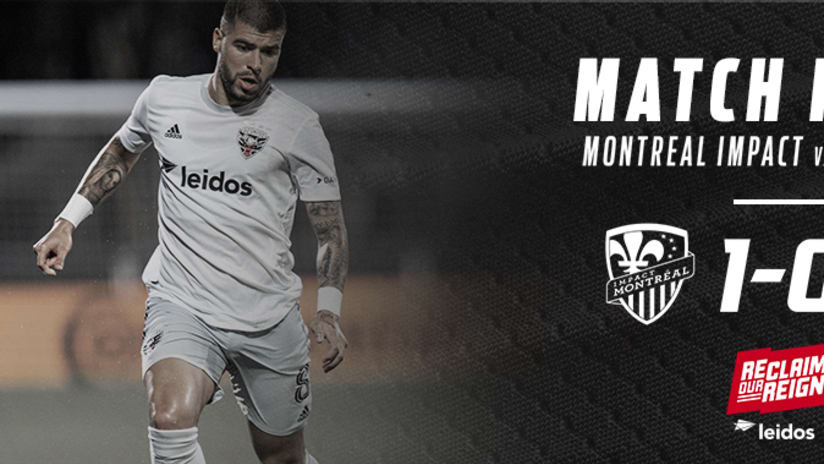The fluidity and effectiveness of D.C. United’s front linehas led to many automotive comparisons over the years, with playmakers likeMarco Etcheverry and Christian Gómez habitually described as drivers nimbly wielding“the keys to the attack.”
With two goals in three matches, this year’s offensivemachine is sputtering, to say the least, with stalls and misfires suggestingthat some fine-tuning is needed. Santino Quaranta is the latest man to acceptthe responsibility of a central creative role and his move into the middle hasbeen a bumpy ride thus far.
“It’s different for me, you know?” Quaranta said. “I’m justso used to driving and attacking guys, and when you change to more of adistributor, [you’re] not flying forward always. The first instinct for me isto go forward.”
A striker when he joined United as a 16-year-old prodigynine years ago, Quaranta has resurrected his career with strong play on theright wing over the past two seasons. But a growing maturity and some promisingdisplays further infield convinced the D.C. coaching staff entering thiscampaign that he was the best candidate for the attacking midfield spot, whichwas up for grabs after Gómez failed to recapture the old magic in his secondstint with the club.
Quaranta took the challenge to heart, and he says that heand the coaching staff have analyzed every single touch and every decision he’smade in match play this year in an attempt to build tactical coherence.
“There’s times where I play more of a conservative ballsometimes,” he said last week. “I think I can turn out of plays more. There’stimes when I can get out of things, and if I can understand that, see that, I’mthat much better.”
The Black-and-Red attack looked distinctly out of sync overtheir first two games, and Saturday’s two-goal comeback against Philadelphiatook place after Quaranta and teammate Chris Pontius switched out to flankroles for the second half, with Brandon Barklage shifting inside to cover moreground alongside Kurt Morsink.
“I just felt like in this particular game with such a narrowfield, I thought it would help [Quaranta] to be wide and create some chanceswide for us, and he did,” head coach Curt Onalfo said.
Indeed, Quaranta looked distinctly more comfortable with theaction in front of him and the touchline at his back. He surged forward tocollect a wayward Union pass in the 63rd minute, scoring his team’s first goalof the year with a deflected shot past goalkeeper Chris Seitz that was madepossible by his slashing inward run.
Afterward Quaranta called the switch “a good move by Curt,” buthe sounded unsure about the very concept of a central maestro for his team thisseason.
“With this league, what I have come to realize, the middleof the park on a field like this, it’s more of a bang-bang,” he said. “We wantto play this pretty brand of soccer and these teams are so physical -- everyteam in the league now. It’s very difficult to play clean touches. Moving outwide was better for me and for Chris. We get to see the field more, get moreservice and be more dynamic.”
Rapid cohesion was always going to be elusive for the D.C.attack, given additional challenges like United’s change to a 4-4-2 formationand the task of incorporating burly target men Danny Allsopp and Adam Cristmaninto the tradition of subtle buildup epitomized by veteran Jaime Moreno.
None of the team’s frontrunners have been able to buildperceptive partnerships yet and the squad’s style essentially remains a work inprogress. Quaranta’s direct movement and nose for goal beg to be utilized, butOnalfo and company may have to adjust their system to make the most of it.
The tradition of the South American-style No. 10 still castsa powerful shadow at the Nation’s Capital, but the present roster seems fatedto test the purity of that notion for United and their fans.





